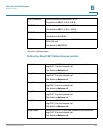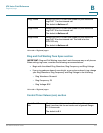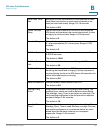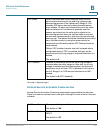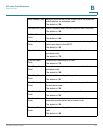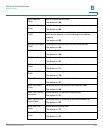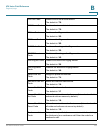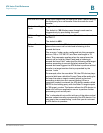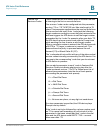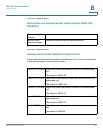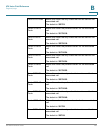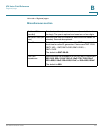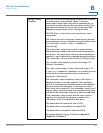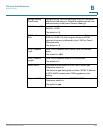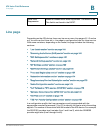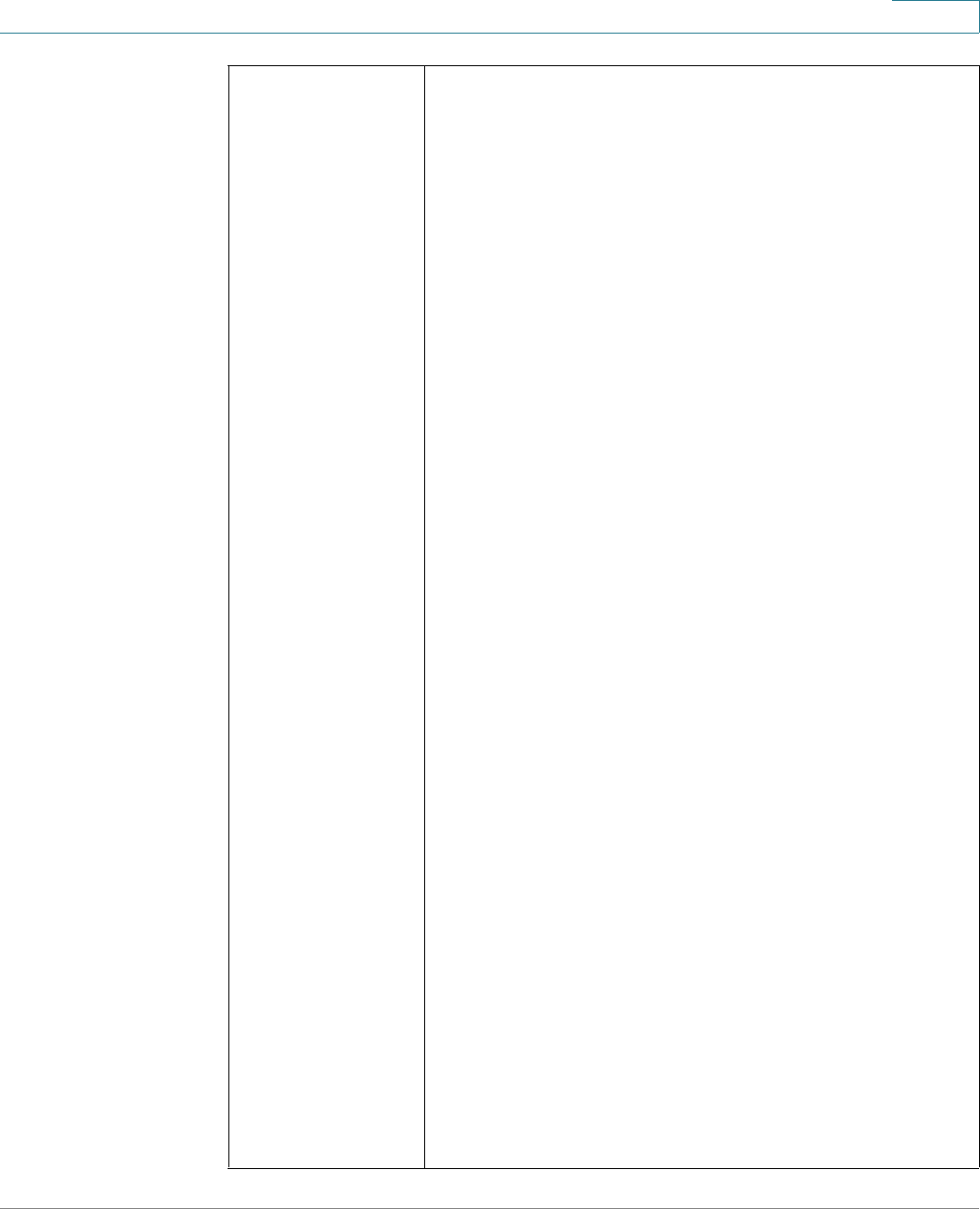
ATA Voice Field Reference
Regional page
ATA Administration Guide 158
B
Feature Dial
Services Codes
These codes tell the ATA device what to do when the user
is listening to the first or second dial tone.
One or more *code can be configured into this parameter,
such as *72, or *72|*74|*67|*82, etc. Max total length is 79
chars. This parameter applies when the user has a dial tone
(first or second dial tone). Enter *code (and the following
target number according to current dial plan) entered at the
dial tone triggers the ATA device to call the target number
prepended by the *code. For example, after user dials *72,
the ATA device plays a special tone called a Prompt tone
while awaiting the user to enter a valid target number.
When a complete number is entered, the ATA device sends
a INVITE to *72
target_number
as in a normal call. This
feature allows the proxy to process features like call
forward (*72) or BLock Caller ID (*67).
The *codes should not conflict with any of the other vertical
service codes internally processed by the ATA device. You
can empty the corresponding *code that you do not want
to ATA device to process.
You can add a parameter to each *code in Features Dial
Services Codes to indicate what tone to play after the
*code is entered, such as *72‘c‘|*67‘p‘. Below are a list of
allowed tone parameters (note the use of back quotes
surrounding the parameter w/o spaces)
‘c‘ = <Cfwd Dial Tone>
‘d‘ = <Dial Tone>
‘m‘ = <MWI Dial Tone>
‘o‘ = <Outside Dial Tone>
‘p‘ = <Prompt Dial Tone>
‘s‘ = <Second Dial Tone>
‘x‘ = No tones are place, x is any digit not used above
If no tone parameter is specified, the ATA device plays
Prompt tone by default.
If the *code is not to be followed by a phone number, such
as *73 to cancel call forwarding, do not include it in this
parameter. In that case, simple add that *code in the dial
plan and the ATA device send INVITE *73@..... as usual
when user dials *73.



